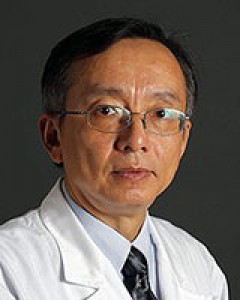early abstract:
Introduction: Shortages and maldistribution of dermatology services have negative impacts on the quality of care for patients with skin problems. Only a limited amount of literature is available regarding the current state of dermatologic services in Taiwan. The aim of this study was to examine the urban-rural distribution of dermatologists and office-based dermatology services in Taiwan.
Methods: Data regarding dermatology workforce and their geographic distribution were collected from the Taiwan Medical Association, Taiwan Dermatological Association, and Department of Household Registration, Ministry of the Interior, while data on the locations and opening hours of dermatologic clinics were sourced from the National Health Insurance Administration. The locations and opening times of dermatologic clinics were stratified by urbanization levels.
Results: There are 4.27 dermatologists per 100,000 persons in Taiwan. Taipei City is the most dermatologist-dense areas (9.61 dermatologists per 100,000 people), while Lienchiang County had no dermatologists at all.Among the 444 office-based dermatologic clinics in Taiwan, the overwhelming majority are located in urban (77.5%) and suburban (20.9%) areas, with two thirds of towns in Taiwan (67.1%, n = 247) having no dermatologic clinics at all. On average, the clinics provide 14.9 service sessions per week (standard deviation: 3.04). Altogether, only 57.1% of the rural clinics are open during any of Saturday evening, Sunday daytime, and Sunday evening, while the corresponding figure is 75.9% for urban areas. Statistical analysis shows that the open ratios in suburban areas are significantly lower than those in urban areas on Saturday evening, Sunday daytime, and Sunday evening (p<0.001), while urban and rural areas have no significant difference in open ratios on these three sections.
Conclusions: In Taiwan, dermatologists are unevenly geographically distributed, with most practicing in urban areas. Besides, there are remarkable urban-rural disparities in the availability of services on Saturday evening, Sunday daytime, and Sunday evening.


